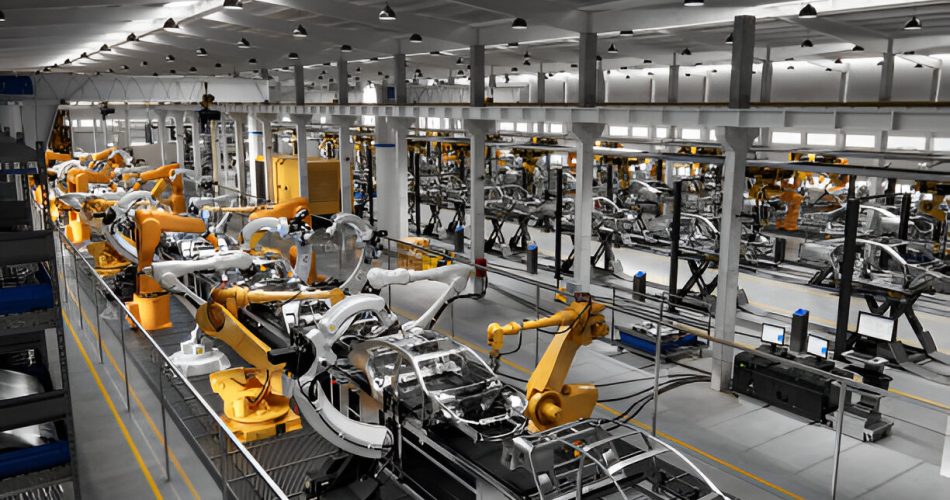The manufacturing industry has always been a cornerstone of economic development, but in recent years, it has undergone a dramatic transformation—largely driven by advancements in robotics. What was once science fiction is now a vital part of production lines worldwide. From improving precision to reducing human labor in dangerous environments, robotics is not just enhancing manufacturing—it’s completely redefining it.
1. Boosting Efficiency and Productivity
Modern robotic systems can operate 24/7 with minimal downtime, dramatically increasing output. Unlike humans, robots don’t fatigue, require breaks, or lose concentration, which allows for continuous, high-speed production with consistent quality.
Key Benefits:
-
Faster production rates
-
Fewer errors and reworks
-
Reduced cycle times
2. Enhancing Precision and Quality Control
Today’s industrial robots are equipped with high-resolution sensors, AI vision systems, and advanced programming. This enables them to execute tasks with microscopic precision, especially in industries like electronics, aerospace, and medical device manufacturing.
Applications Include:
-
Micro-welding
-
Circuit board assembly
-
Real-time defect detection
3. Reducing Labor Costs and Risks
By automating repetitive or dangerous tasks, robotics helps companies reduce operational risks and dependency on manual labor. This not only lowers long-term labor costs but also protects workers from hazardous conditions.
Tasks Robots Commonly Handle:
-
Heavy lifting and material handling
-
Toxic chemical processing
-
High-temperature operations
4. Supporting Customization and Flexibility
Contrary to old beliefs that automation suits only mass production, modern robots are highly adaptable. With advanced programming, they can be quickly reconfigured to produce small batches or customized products—ideal for manufacturers catering to changing consumer demands.
Examples:
-
Flexible robotic arms for different product lines
-
Adaptive manufacturing for customized goods
-
Integration with IoT for real-time adjustments
5. Integrating with Smart Manufacturing
Robotics plays a central role in Industry 4.0, where machines communicate, learn, and self-optimize. Robots integrated with AI and IoT systems can make decisions based on real-time data, predict maintenance needs, and even self-correct during production.
Technologies at Play:
-
Predictive analytics
-
Digital twins
-
Cloud-based robotics control
6. Redefining Workforce Roles
As robots take over manual tasks, the demand for new skills is rising. The future manufacturing workforce will require more technicians, programmers, and data analysts than line workers. Upskilling and reskilling are now essential.
New Workforce Focus:
-
Robot maintenance and programming
-
Data monitoring and analytics
-
Quality assurance and process optimization
7. Making Manufacturing More Sustainable
Robots improve sustainability by reducing material waste, energy use, and errors. They help streamline resource consumption and enable more eco-friendly production processes.
Sustainable Gains:
-
Efficient resource management
-
Precision cutting to reduce scrap
-
Lower energy consumption during operations
Industries Leading the Robotics Revolution
-
Automotive: Assembly, welding, painting
-
Electronics: Micro-component placement
-
Pharmaceuticals: Packaging, sterile processing
-
Food & Beverage: Sorting, packing, quality control
Final Thoughts
Robotics is no longer a futuristic concept—it’s a powerful force that’s reshaping how things are made. From increased efficiency and precision to improved safety and sustainability, robots are helping manufacturers stay competitive in a fast-changing global economy. As technology continues to advance, the fusion of human creativity and robotic precision will define the next generation of manufacturing.
